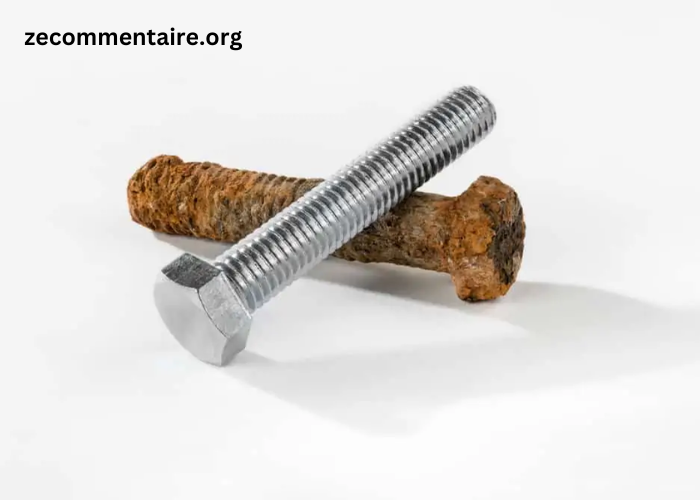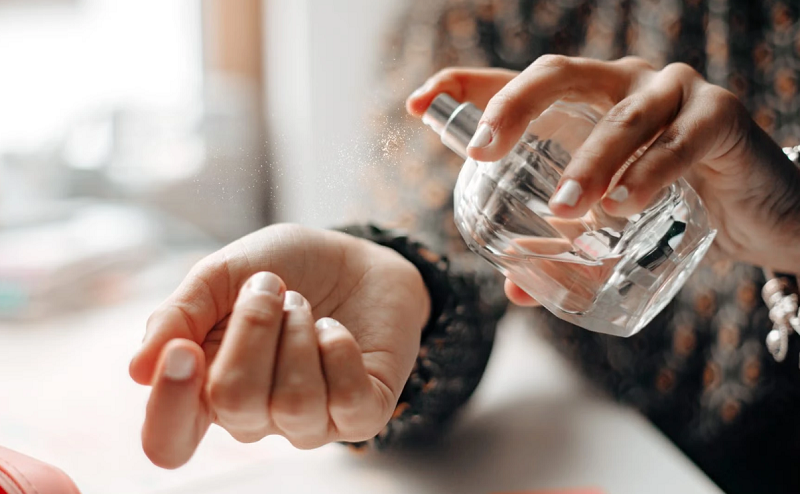Steel is one of the most durable materials used in construction, manufacturing, and various industries. However, like all metals, it is prone to corrosion, which can weaken its structure over time. Protecting steel from corrosion is essential to maintaining its strength and prolonging its life.
Fortunately, there are several effective methods available to shield steel from the harmful effects of rust and other corrosive elements. Below are four of the most widely used methods to protect steel.
1. Galvanization: A Protective Zinc Coating
Galvanization is one of the most common ways of protecting steel from corrosion. It involves coating steel with a layer of zinc, which acts as a barrier against;
- moisture
- oxygen
- corrosive agents
Through a process known as “sacrificial protection,” the zinc coating not only keeps the steel from rusting but also offers extra protection. This means that even in the case that the zinc coating is scratched or damaged, the zinc will dissolve first, protecting the steel underneath.
There are two main types of galvanization: hot-dip and electro-galvanization. Hot-dip galvanization involves dipping the steel in molten zinc, while electro-galvanization uses an electrical current to apply the zinc coating. Both methods offer excellent protection, though hot-dip galvanization is generally thicker and more durable.
2. Powder Coating: A Durable and Attractive Finish
Powder coating is another popular method for protecting steel. In this process, a dry powder (usually made of polyester or epoxy) is applied to the steel and then heated to form a tough, protective layer. The powder adheres well to the steel surface, creating a durable and long-lasting finish that resists:
- chipping
- scratching
- fading
Powder coating is particularly favored in industries that require both protection and aesthetics, as the coating can be applied in a wide range of colors and finishes.
Additionally, powder-coated steel is highly resistant to rust and other forms of corrosion, making it a great option for both indoor and outdoor applications.
3. Using Paints and Primers to Prevent Rust
Painting steel with special corrosion-resistant primers and paints is another common method of protecting steel. This method creates a physical barrier between the steel and the surrounding environment. When choosing paints or primers, it is important to select ones specifically designed for metal surfaces and corrosion resistance.
The process usually starts with applying a primer to the steel, which helps the paint adhere better and adds an extra layer of protection. Once the primer is dry, a top coat of corrosion-resistant paint is applied. This method is cost-effective and allows for flexibility in design, as paint can be easily reapplied or touched up over time.
4. Transformer Coating for Heavy-Duty Protection
Transformer coating is another method used to protect steel, especially in industrial applications. This type of coating is designed to provide heavy-duty protection against extreme environmental conditions. Transformer coatings are applied to large steel structures, such as:
- transformers
- bridges
- docks
- cranes
These coatings are made from advanced materials like polyurethane, epoxy, or other synthetic resins, and are specifically designed to withstand:
- corrosion
- moisture
- UV radiation.
Transformer coatings are particularly beneficial in areas where steel is exposed to both high humidity and pollution, ensuring long-lasting protection.
Choose the Right Method for Protecting Steel
In conclusion, protecting steel from corrosion is crucial for durability and avoiding costly damage. Options like galvanization, powder coating, painting, or transformer coating effectively shield steel from rust. Choosing the right method for your needs and environment can extend steel’s life and ensure long-lasting performance.
Don’t stop here! We invite you to explore our extensive collection of articles on a broad range of topics.





